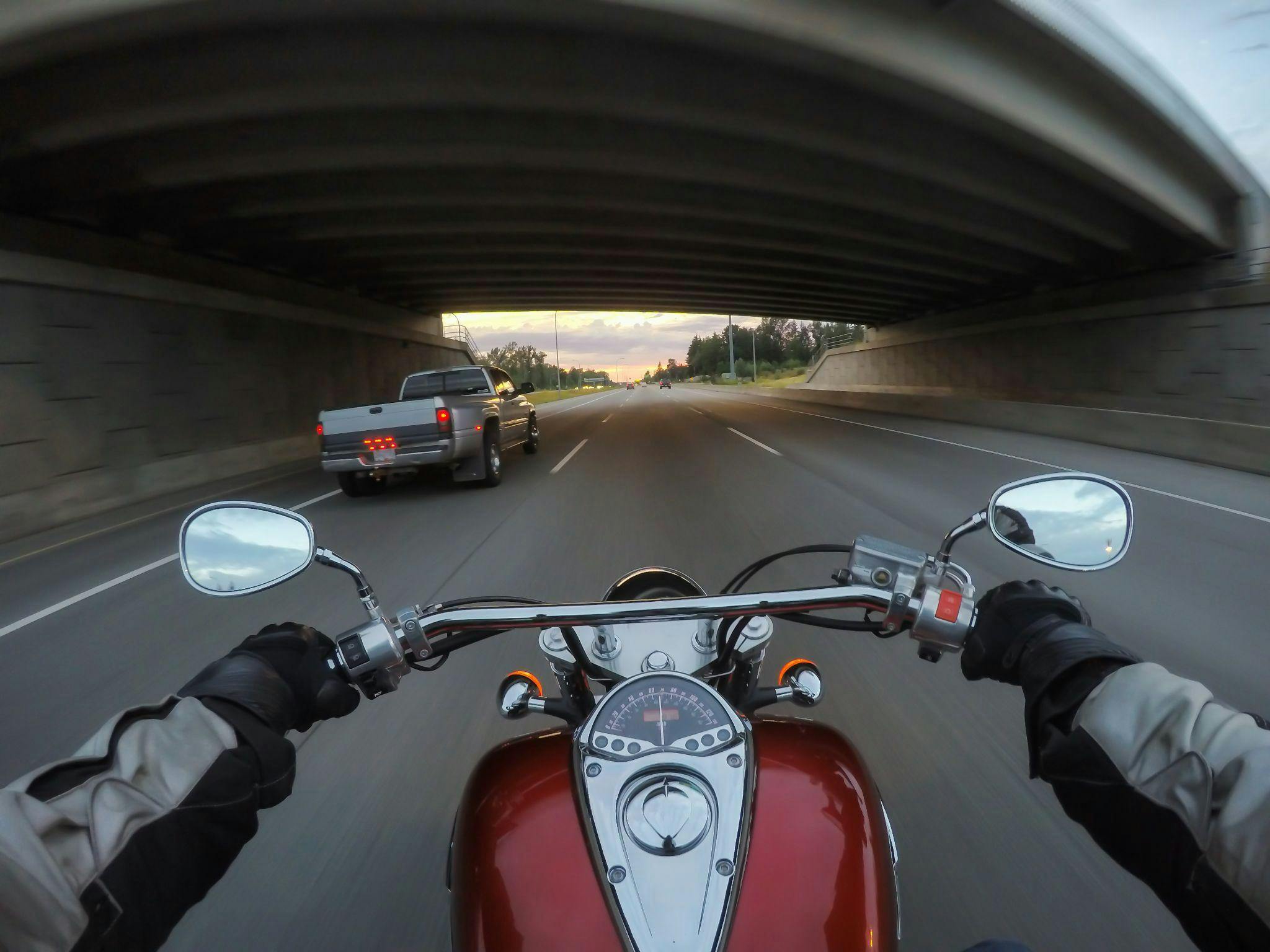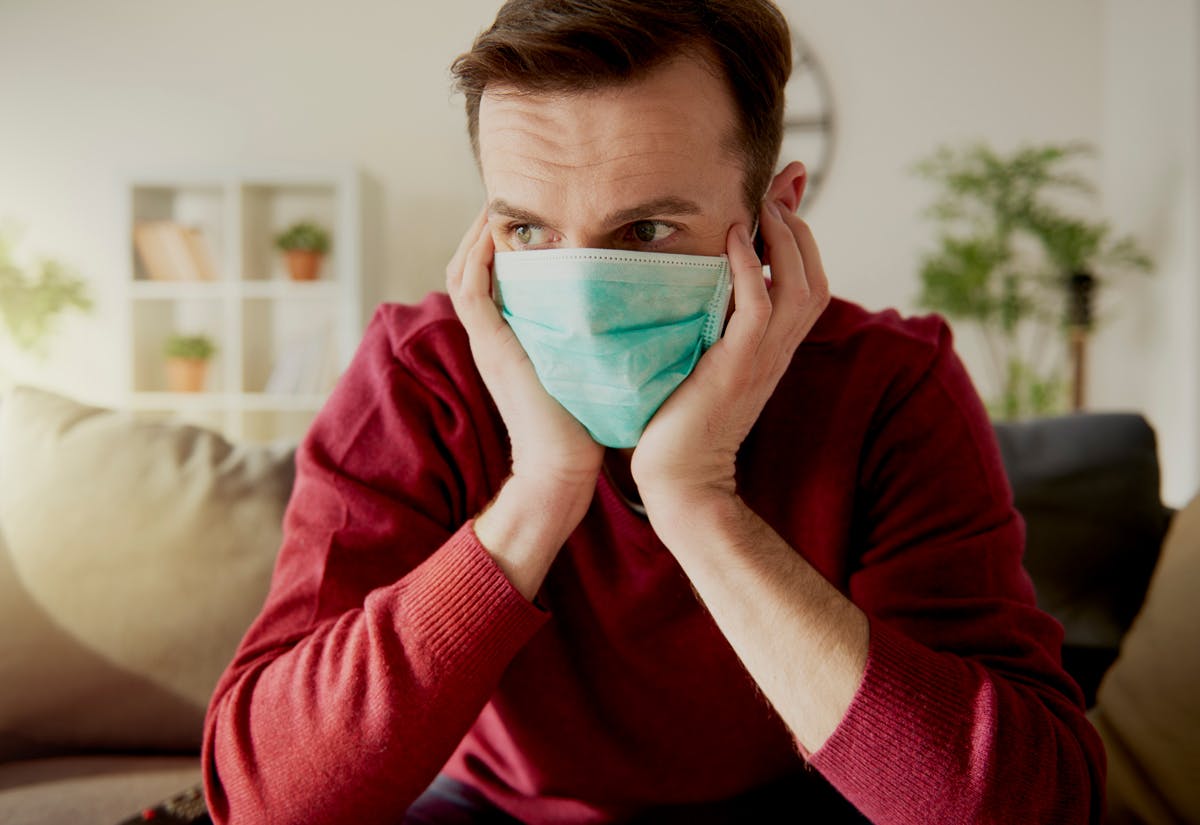Safety and Insurance Tips for Motorcycle Riders
Motorcycle Riders Face Special Challenges
Common sense tells us that motorcycling is simply more dangerous than driving a car. Aside from four wheels over two, cars are equipped with numerous safety features including seat belts, air bags and a surrounding structure that protects occupants in a crash. Motorcycles are also less visible to other drivers, and require more mental and physical skill to operate safely. Finally, motorcyclists are more vulnerable to bad weather and hazardous road conditions.
Not surprisingly with motorcycle ownership at an all-time high, injuries and deaths are also on the rise. According to the National Highway Traffic Safety Administration (NHTSA), fatalities nearly doubled from 2,294 in 1998 to 4,502 in 2010. Injuries also shot up from 49,000 in 1998 to 90,000 in 2009. Yet, deaths in auto and light truck accidents are at an all-time low. Aside from the inherent dangers of motorcycling, riding without a helmet, while intoxicated or speeding are often cited as contributing factors as well.
Insurance May Not Cover Personal Injury
After strapping on your helmet, the next best protection you can have in case of a motorcycle accident is insurance. While all 50 states require minimum insurance coverage to operate a motorcycle, be aware that the minimums may not adequately protect you in a serious accident. Like any type of insurance, how much you'll need will depend on many different factors including the type of bike you own, how often you ride, your marital status, your personal assets and your budget.
Liability covers bodily injury and property damage that you may cause to others involved in an accident. Other coverages include uninsured or underinsured motorists, which covers personal injury and damages caused by the driver of another vehicle who either does not have insurance or does not have sufficient coverage; collision, which covers physical damage to the motorcycle involved in a crash with an object, tree or another vehicle; comprehensive, which covers a loss from non-collision sources like theft, vandalism, fire or hail; and medical payments or personal injury protection (PIP), which covers physical injuries to the rider and passenger.
Beyond liability, your first priority should be the coverages that pay you – and your passenger – for medical treatment, lost wages and other damages. These include uninsured/underinsured and PIP. Note, however, that the risks associated with motorcycling often make it very expensive to increase these coverages. In some cases, for example, PIP may not even be available or be so expensive that it is out of reach for most individuals. As with purchasing any type of insurance, seek the advice of a qualified advisor and carefully review policies from several different insurers.
Preventing Motorcycle Accidents – Tips for Riders and Drivers
To help combat the growing safety issues with motorcycles, the Motorcycle Safety Foundation has set out to improve safety through education, training and licensing. Since 1974, about 6 million motorcyclists have taken MSF training courses.
The Foundation offers the following tips for riders and drivers to help prevent motorcycle accidents.
For Riders:
•Be Properly Trained and Licensed – Half of all riders have never taken a proper safety class. Take the Motorcycle Safety Foundation’s Basic Rider Course and some states will waive the written portion of the motorcycle endorsement test.
•Wear a Helmet – The facts are irrefutable: helmets prevent fatalities an estimated 37 percent of the time for drivers, and 41 percent for passengers in motorcycle accidents, according to the NHTSA. And aside from being smart, it’s the law in 19 states and the District of Columbia.
•Never Drink and Drive – In 2010, 33 percent of cycling fatalities involved riders who were legally intoxicated.
•Ride Within Your Skill Limits and Obey Traffic Laws – Don’t ride faster or farther than your abilities will allow.
•Be a Lifelong Learner – Take advanced courses to brush up on the basics and keep improving your skills.
For Drivers:
•Watch for Motorcyclists – Motorcyclists are smaller than other vehicles and often harder to see. In 41 percent of the fatal accidents reported in 2008, a vehicle made a left turn in front of an oncoming motorcycle.
•Focus on Driving – Motorcyclists are easy to miss even when you are paying attention. Studies show that distracted drivers simply don't see certain objects like signs, motorcyclists and pedestrians. Hang up the cell phone or mobile device.
•Give Motorcyclists Enough Room – Maintain a safe distance between your car and a motorcycle and don’t change lanes too close. What would be a minor fender bender between two cars could easily be fatal to a motorcyclist.
•Use Your Turn Signals – For everyone’s safety, use your turn signals. It is also the law.
•Keep Trash in the Car – Road debris can kill a rider. And don't throw cigarette butts out of your car either.
If you have any questions feel free to stop by my Lakeville law office, email me at art@knowyourrights.com or call me at 952-469-2288.












